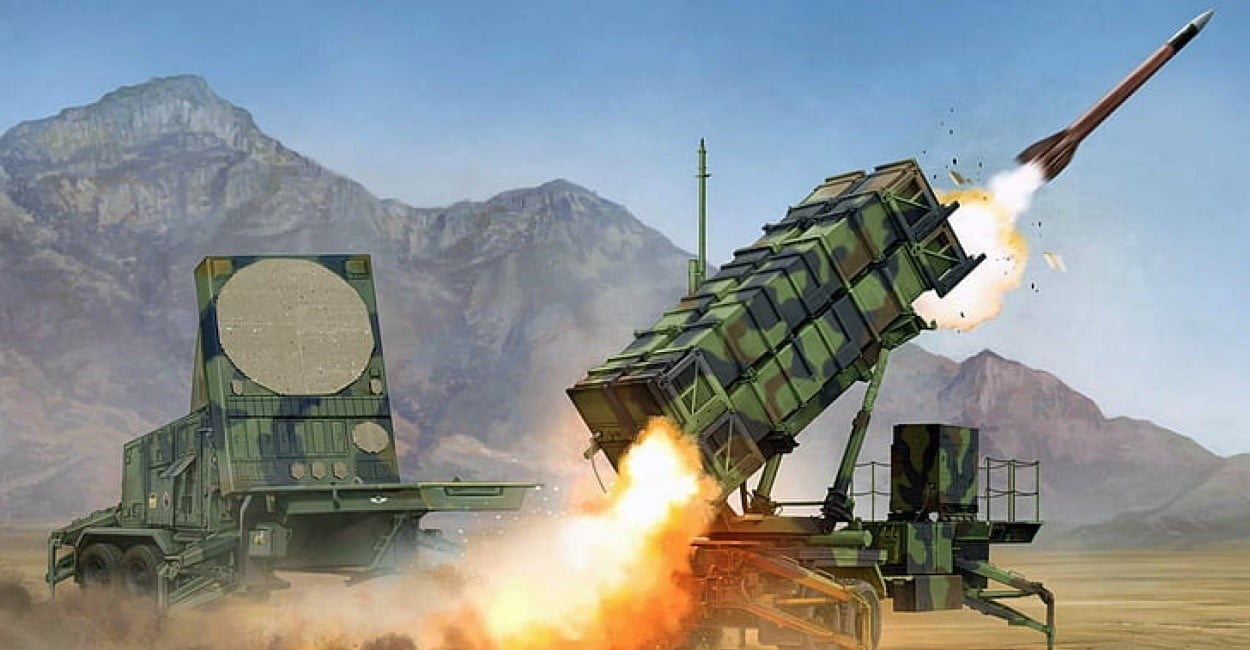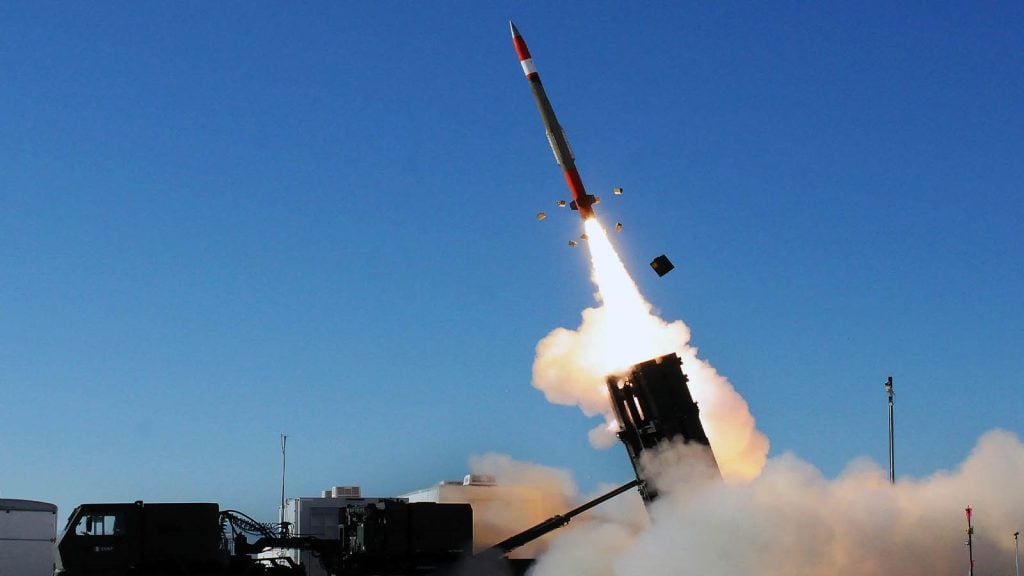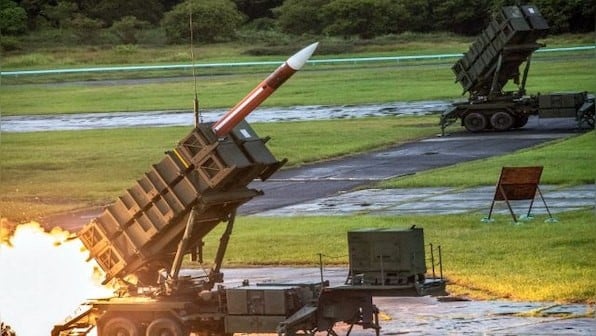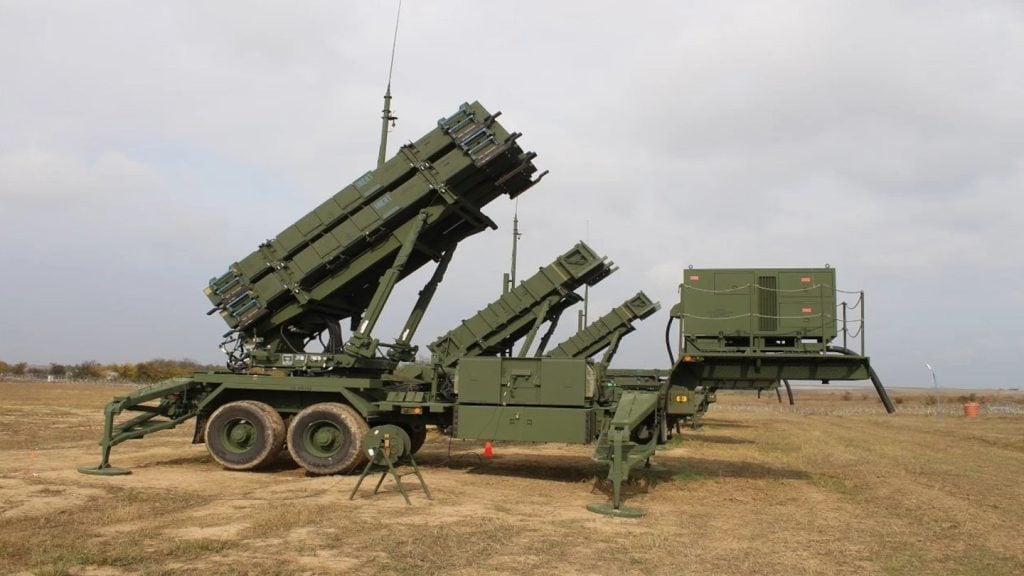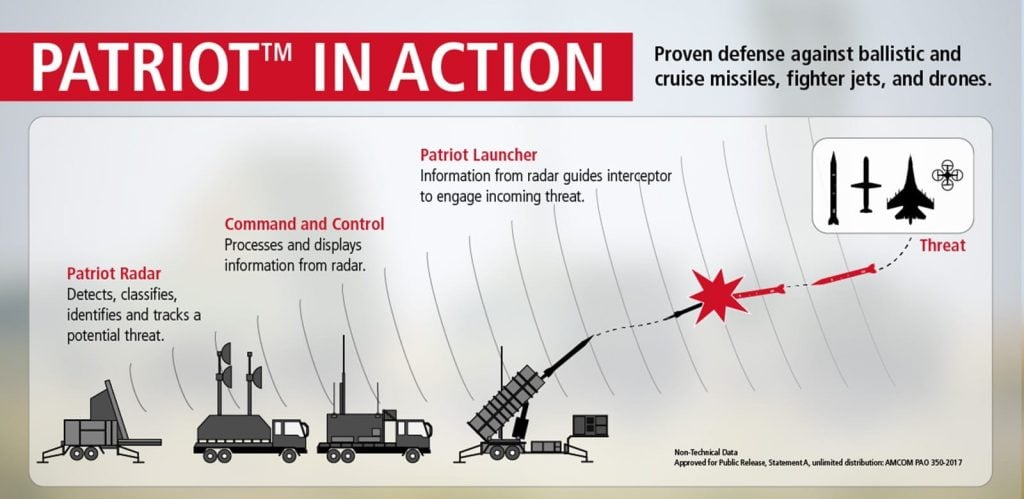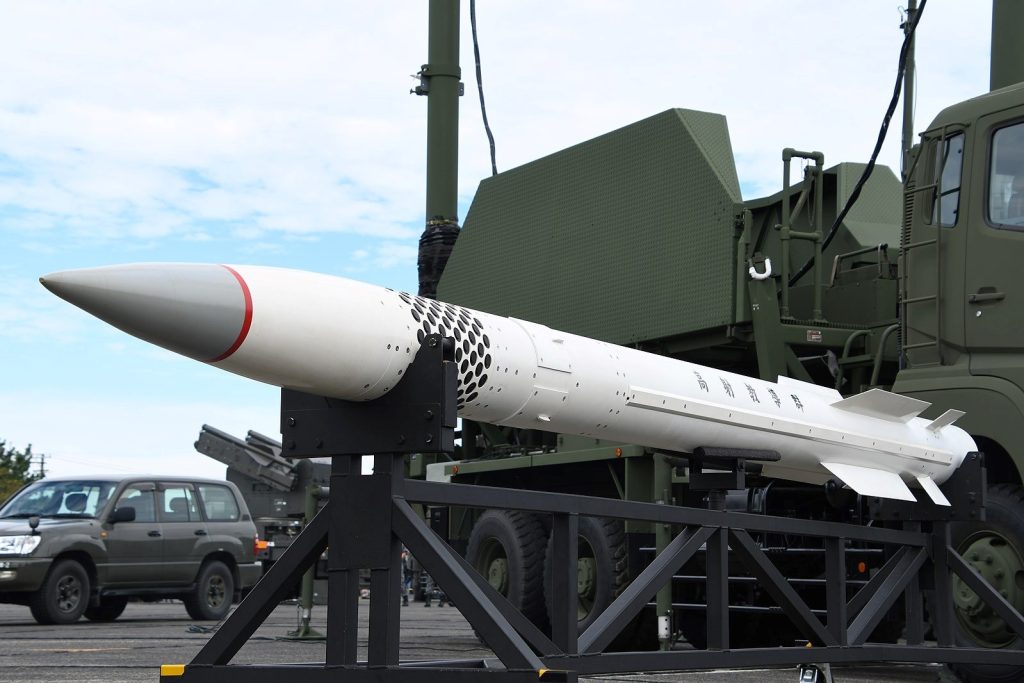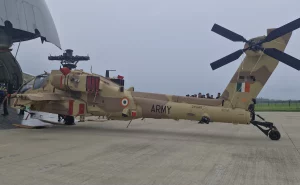In an era of heightened global tensions and the ever-present threat of ballistic missile attacks, the United States Army’s PATRIOT Missile Defense System stands as a shining beacon of technological prowess and strategic importance. As one of the most advanced and effective air defense systems in the world, the PATRIOT has earned its reputation as the backbone of Western defensive infrastructure, safeguarding nations and deterring aggression across the globe. This article delves into the Patriot Missile is the Best Air Defense System in the World.
10 Surprising Facts You Didn’t Know About the British Armed Forces
The Origins and Evolution of the PATRIOT Missile System
The PATRIOT Missile Defense System traces its roots back to the 1960s, when the United States Army began developing a new surface-to-air missile system to replace the aging Nike-Hercules system. Initially known as the SAM-D (Surface-to-Air Missile-Development), the program underwent a series of refinements and upgrades, eventually emerging as the PATRIOT (Phased Array Tracking Radar to Intercept On Target) system in the 1980s.
The PATRIOT system’s key components include a phased-array radar, an equipment control station, multiple computers, individual power-generation equipment, and a maximum of eight launchers, each capable of holding four ready-to-fire missiles. This modular design allows for the system to be rapidly deployed and configured to meet the specific needs of a given operational environment.
Proven Combat Effectiveness
The PATRIOT Missile Defense System’s true mettle was put to the test during Operation Desert Storm in 1991, when it was first deployed in combat against Saddam Hussein’s Iraqi forces. The system’s ability to intercept and destroy high-performance aircraft and tactical ballistic missiles quickly became evident, earning the PATRIOT a well-deserved reputation for combat effectiveness.
Since then, the PATRIOT has continued to prove its worth in various conflict zones, most notably in the Middle East. During the recent failed Iranian fusillade of rockets and drones against Israel, the PATRIOT-wielding military coalition led by the United States successfully intercepted the attack, minimizing the damage and potentially averting a wider war.
Top 5 US Airports Serving Both Military and Civilian Flights
Global Adoption and Interoperability
The PATRIOT Missile Defense System’s success has led to its widespread adoption by the United States and its allies around the world. Germany, Greece, Israel, Japan, Kuwait, the Netherlands, Saudi Arabia, South Korea, Poland, Sweden, and Qatar are just a few of the nations that rely on the PATRIOT for their national missile defense.
This global footprint has fostered a high degree of interoperability, as the PATRIOT systems operated by different countries can work seamlessly together to create a robust, integrated air defense network. This capability has become increasingly crucial as the world stands on the brink of a potential great power conflict.
The Challenges of Procurement and Deployment
Despite the PATRIOT’s proven effectiveness, the United States Army has been sounding the alarm for years about the insufficient number of these systems available to meet the growing global demand. As the world becomes more volatile, with conflicts erupting on multiple fronts, the hard choices of where to deploy the limited PATRIOT resources have become increasingly difficult.
The procurement and deployment of the PATRIOT system is further complicated by the fragile state of the United States’ defense industrial base. The lack of sufficient production capacity and the lengthy timelines required to manufacture and deliver new PATRIOT systems have exacerbated the challenge of maintaining a robust air defense posture.
The Importance of Continued Investment
As the global security landscape continues to evolve, the PATRIOT Missile Defense System’s strategic importance cannot be overstated. The system’s ability to intercept and neutralize high-performance aircraft and tactical ballistic missiles has made it an indispensable asset for the United States and its allies.
Recognizing the critical role the PATRIOT plays in Western defensive infrastructure, the United States Congress must prioritize the funding and expansion of this vital system. Failure to do so would leave the nation and its allies vulnerable to the growing threat of missile attacks, with potentially catastrophic consequences.
The Future of the PATRIOT Missile Defense System
Looking ahead, the PATRIOT Missile Defense System is poised to undergo further technological advancements and upgrades to maintain its edge in the ever-changing battlefield environment. Enhancements to the system’s radar capabilities, missile interceptors, and command-and-control infrastructure will ensure that the PATRIOT remains at the forefront of air defense technology.
Moreover, the PATRIOT’s modular design and global interoperability make it an adaptable and versatile asset, capable of seamlessly integrating with other air defense systems and emerging technologies. As the world grapples with the specter of great power competition and the proliferation of ballistic missile threats, the PATRIOT’s role as the backbone of Western defensive infrastructure will only continue to grow in importance.
6 Best Bullet Proof Vest in the World 2024
Conclusion
The PATRIOT Missile Defense System stands as a testament to American ingenuity, engineering prowess, and a steadfast commitment to national security. As the world navigates an increasingly volatile geopolitical landscape, the PATRIOT’s ability to protect lives and deter aggression has made it an indispensable component of the global defense architecture.
By investing in the expansion and modernization of the PATRIOT system, the United States Congress can ensure that this cutting-edge air defense technology remains at the forefront of the nation’s strategic capabilities. In doing so, they not only safeguard the security of the American people but also bolster the collective defense of the Western alliance, solidifying the PATRIOT’s position as the best missile defense system in the world.
FAQs
1. Who has the best missile defense system in the world?
The S-400 Triumph, created by Russia’s Almaz Central Design Bureau, is the premier air defense missile system. It is a versatile system featuring radar, detection, targeting, and anti-aircraft missile functions, with the ability to engage aircraft and cruise missiles at altitudes of up to 56 kilometers.
2. What is the most powerful missile Defence system?
The Arrow is regarded as one of the most sophisticated missile defense programs in existence today. It is the first operational system specifically engineered to intercept and destroy ballistic missiles. The inaugural Arrow battery was officially declared fully operational in October 2000.
3. Why is the Patriot missile system so good?
Patriot’s radar boasts impressive power and agility, and it is notably resistant to countermeasures such as ECM, radar jamming, and RWR equipment. The system can swiftly shift frequencies to counteract jamming. Nevertheless, the radar may experience some “blind spots.”
4. Is Patriot the best air defence?
Air defenses, in general, are not as effective as they are often believed to be. Nevertheless, considering those two points, the evidence suggests that the MIM-104 Patriot is one of the most, if not the most, effective air defense systems globally.
5. What is the most advanced missile in the world?
The RS-28 Sarmat conducted its inaugural test flight on April 20, 2022. On August 16, 2022, a state contract was established for the production and delivery of the Sarmat strategic missile system. By September 2023, the missile had officially entered service, marking it as the longest-range and most powerful ICBM system currently in existence.
